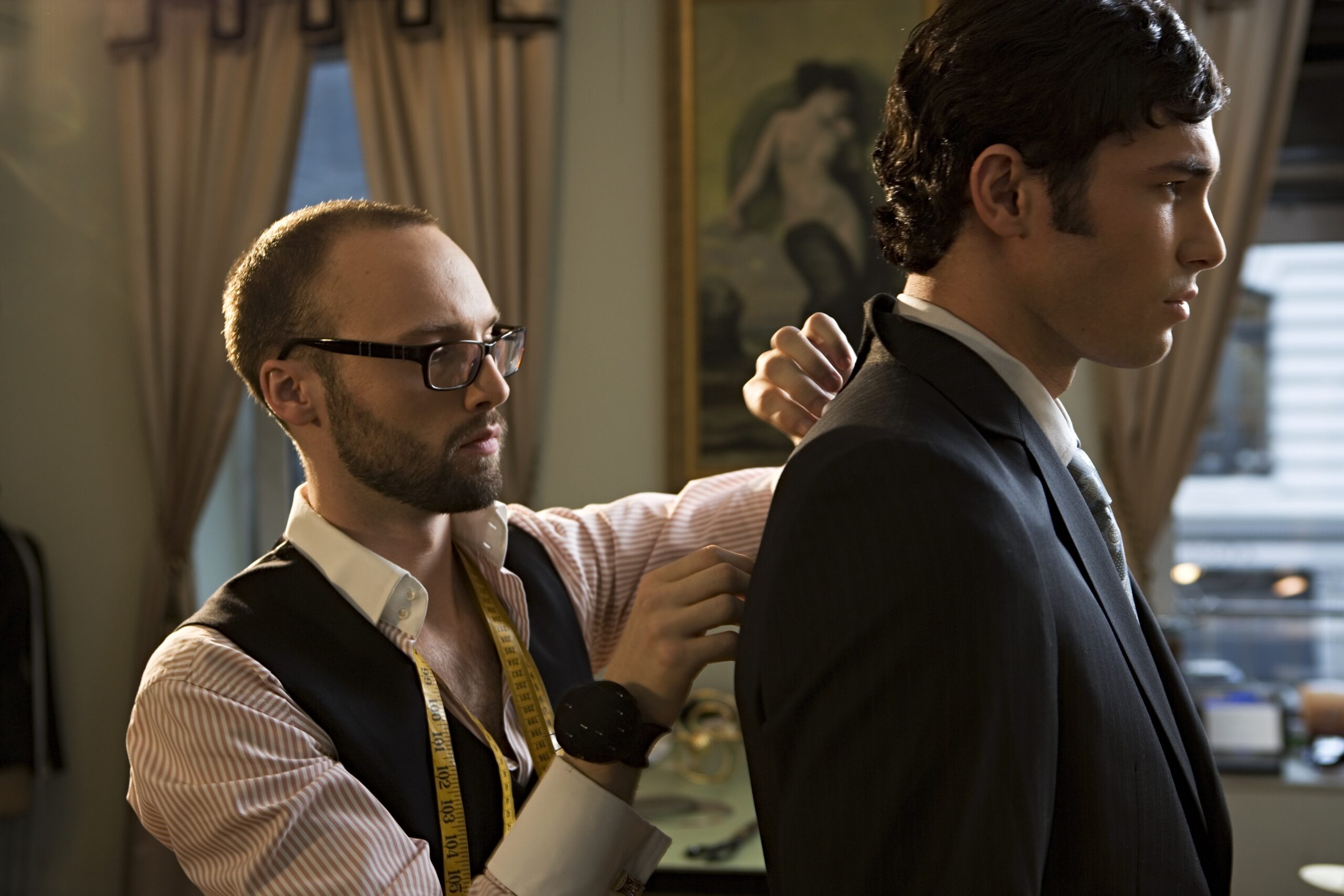A gentleman will leave his pocket stitched . . .
By Jim Ingebrigsten
I first became aware of Italian tailors while in my mid-twenties. I was in the display business back then. Most of the many retail stores I worked at were menswear locations from Thunder Bay west to Saskatchewan, close to 20 stores in all. Every one of them, at that time, had a tailor shop with, almost always, a tailor who hailed from Italy. It was at that time I learned how to properly iron a shirt and a pair of pants. A skill I’m still very adept at.
I also learned a lot about tailors. I had no idea creating clothing goes back to ancient Greece and Italy. Becoming a professional tailor in Europe really came into fruition in the Middle Ages with the creation of guilds. Through the guilds came a system of masters, journeymen, and apprentices. They established rules limiting competition and developing standards. In 1244, members of the tailor's guild in Bologna established statutes to govern their profession and required anyone working as a tailor to join the guild. The history of tailoring is fascinating and is well-worth some research. I’m a busy guy so I cut to the chase by dropping in to see my old friend Frank Trunzo. He and partner Manfred Lang own Vittorio Rossi Clothiers, a name I have known for almost fifty years.

Frank gave me a simple, more in-depth explanation of tailoring. There are, essentially, three types of tailoring when it comes to men’s suits. You pick a suit you like “off the rack”, a salesperson will have you try it on and then call the tailor out from the back to make the proper measurements. This usually requires letting the pant waist out or bring it in, the measuring, marking and hemming the pant leg and perhaps a little padding on a shoulder that might be a bit lower that the other. The suit jacket usually needs nothing much more than the sleeve length adjusted. If a few other minor adjustments are needed, you and your new suit are ready to go in a matter of days or maybe a week. Easy peasy.
A made-to-measure suit is more complex. A salesperson will assist a customer in choosing the fabric he wants from numerous books of examples. The tailor is then called upon to take the basic measurements. The details are sent away. Eventually the suit arrives back, and the customer is asked to come in for a fitting. This process might require two or three subsequent visits to fine-tune the suit.
Finally, the custom or “bespoke” suit. This is the most work-intensive process of all. The tailor interacts directly with the client and takes measurements that are as detailed and precise as possible. The measurements are then transferred to pieces of paper which in turn becomes the overall pattern of the suit. The template is created and then the tailor goes to work putting the pieces of cloth together. It is not uncommon for a skilled tailor to spend two to three weeks working on one custom suit. Depending on the material, the design and required alterations, it shouldn’t be surprising that a true custom or bespoke suit will cost between five and ten thousand dollars.
By the way, I also learned a gentleman will leave the suit pockets sewn at the top. A gentleman never puts stuff in his sport coat or suit jacket side pockets. A gentleman never carries change in his pockets. A gentleman always has polished shoes. Oh, and a real tailor creating a bespoke suit for a customer will ask a gentleman, “On which side do you dress?” He is not asking on which side of the bedroom he puts his clothes on. He wants to know on which side your business, if you take my meaning, rests on.
You might recall some of the higher end shops you got suited up in such as Thompson & Pope, The Stag Shop, Halfords or Haddon Hall. Hanford Drewitt and Vittorio Rossi are still here.
William Shakespeare, who was known to be a dapper dresser, wrote in Hamlet, “The apparel oft proclaims the man.” But, long before him it was Erasmus, a Catholic priest and social critic, who recorded the Latin proverb, “vestis virum facit” meaning “clothes make the man.”
But I remember some of the men who made the clothes. Romolo, Salvatore, Serafino, Alberto, Eugene, Ralph, Vince, Lino, Gino, Frank, Tony and Giovanni were all cut from the same cloth. Some of these gentlemen started in the trade when they were only ten and twelve years old. Sadly, most of them are no longer with us. A dying art to be sure.
You can listen to Jim’s podcasts on Lifestyles 55 Digital Radio.



